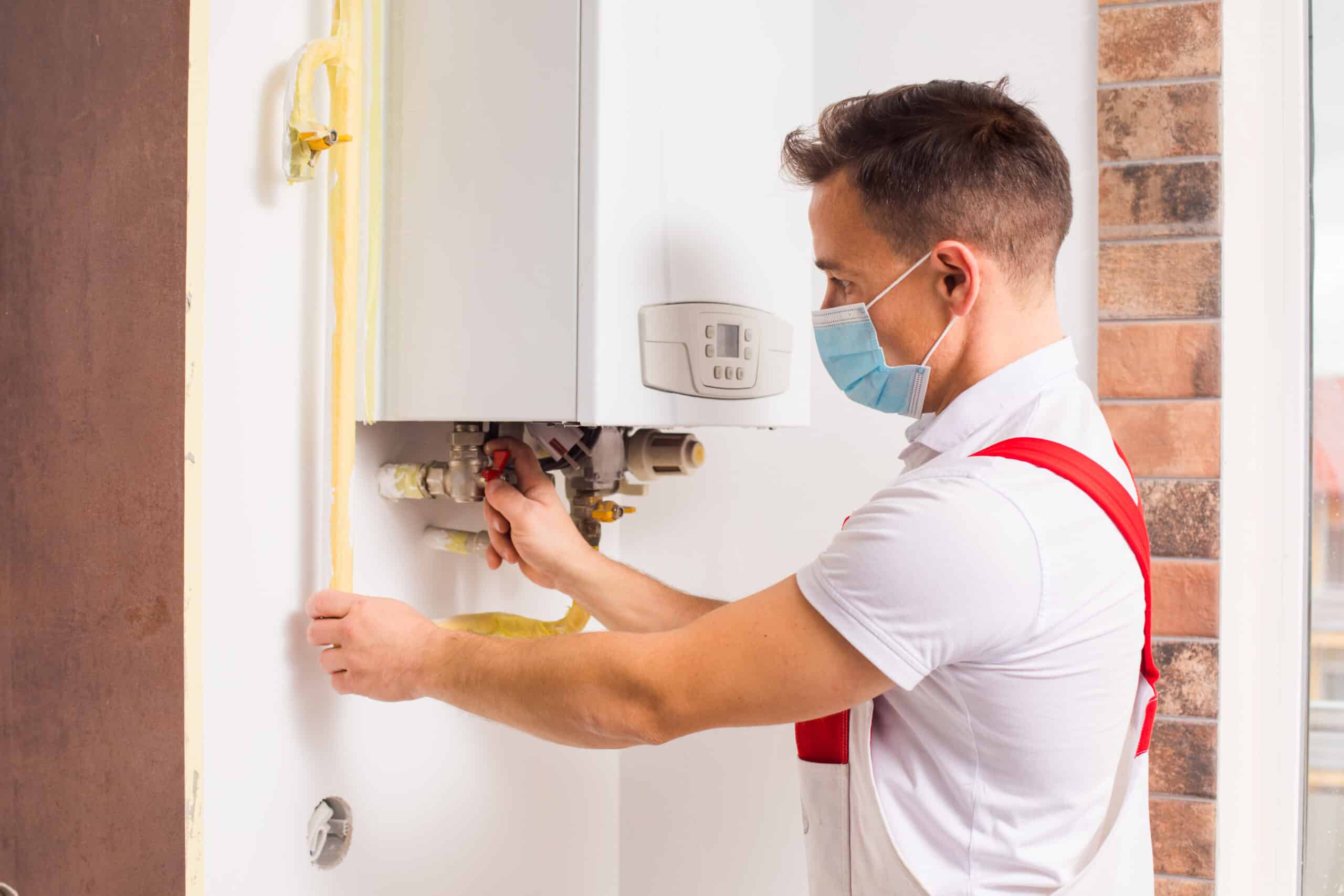Roof flashing is a crucial component in the construction and maintenance of a roof, designed to prevent water infiltration at critical junctions and intersections. Proper selection and installation of roof flashing can significantly enhance the longevity and performance of a roofing system. Here are the key considerations to keep in mind when dealing with roof flashing:
1. Understanding the Purpose of Roof Flashing
Roof flashing is typically installed at various vulnerable points on a roof, such as valleys, chimneys, skylights, vents, and roof edges. Its primary function is to direct water away from these areas, preventing leaks and water damage. Flashing acts as a barrier, redirecting water that may seep under shingles or other roofing materials.
2. Material Selection
The choice of material for roof flashing is critical to its durability and effectiveness. Common materials include:
- Galvanized Steel: This is one of the most widely used materials due to its strength and resistance to corrosion. It is affordable and durable, making it a popular choice for many roofing applications.
- Aluminum: Lightweight and corrosion-resistant, aluminum flashing is easy to work with and can be molded to fit various shapes. It is ideal for areas where flexibility is required, such as around vents or chimneys.
- Copper: Although more expensive, copper flashing is highly durable and has a long lifespan. It also develops a protective patina over time, enhancing its resistance to weathering. Copper is often used in high-end or historic roofing projects.
- Lead: Lead flashing is malleable and can conform to irregular shapes, making it useful for complex roof details. However, due to environmental concerns, its use has declined in recent years.
3. Proper Installation Techniques
Even the best flashing materials can fail if not installed correctly. Here are some important installation practices:
- Overlap and Sealing: Flashing should be installed with proper overlaps to ensure water is directed away from the roof structure. The joints should be sealed with a high-quality sealant to prevent water from seeping through the gaps.
- Integration with Roofing Materials: Flashing should be installed in conjunction with the roofing materials to create a continuous barrier against water. For example, step flashing, used around chimneys and walls, should be woven with shingles to ensure water flows onto the shingles and off the roof.
- Securing Flashing: Flashing should be securely fastened to the roof using nails, screws, or adhesive. Care should be taken to avoid puncturing the flashing in areas where water might collect, as this can lead to leaks.
4. Maintenance and Inspection
Regular maintenance and inspection of roof flashing are essential to ensure its long-term effectiveness. Over time, flashing can become damaged or dislodged due to weather conditions, debris, or improper installation. Homeowners should inspect their roof flashing at least twice a year, paying special attention to areas around chimneys, vents, and valleys.
5. Addressing Common Issues
Several issues can arise with roof flashing that need to be addressed promptly:
- Corrosion: Metal flashing, especially galvanized steel, can corrode over time, leading to leaks. Replacing corroded flashing or applying a protective coating can help extend its life.
- Loose Flashing: Flashing that has come loose due to wind or improper installation should be re-secured immediately to prevent water from penetrating the roof.
- Sealant Deterioration: The sealant used on flashing joints can deteriorate over time, leading to leaks. Reapplying sealant periodically can help maintain a watertight seal.
6. Hiring a Professional
While some homeowners may attempt to install or repair flashing themselves, it is often best to hire a professional roofer for the job. Professionals have the experience and tools needed to ensure flashing is installed correctly and will provide long-term protection against water damage.
Also visit our store: https://ductingdelivered.co.uk/
Conclusion
Roof flashing is a vital element in safeguarding a home from water intrusion and related damage. Proper selection, installation, and maintenance of roof flashing are essential to ensure its effectiveness. By understanding the importance of material choice, correct installation techniques, and the need for regular inspections, homeowners can protect their roofs and extend the life of their roofing system.




